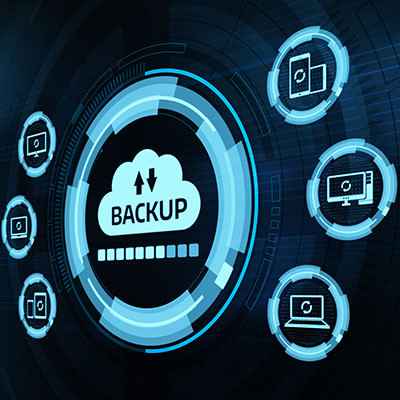Advanced Automation Blog
What’s Your Business Continuity Strategy for 2023?
When you suffer a data breach, you might wonder how you can possibly come back from such an event, especially if it leads to a network compromise. Can your business rebound effectively, and if so, what do you need to do to make sure that it doesn’t happen again? It all starts with understanding how much data you need to function, as well as how much downtime you can afford to suffer from.
With all this in mind, you need to have a business continuity plan to prepare for the worst. Your business cannot afford to not be prepared for downtime-causing incidents. You can have the strongest security system in existence and still suffer from a data breach; therefore, you need to have contingencies in place that can help you navigate these unfortunate and unlikely scenarios in an effective way.
You should be backing up your data for multiple reasons beyond cybersecurity. You also must prepare for damages to your physical infrastructure that could affect your data, like natural disasters and user error. Let’s go over what business continuity and disaster recovery mean for modern businesses.
Business Continuity and Disaster Recovery Are Two Different Things
Business continuity and disaster recovery are often mistaken to be the same thing, but the fact is that disaster recovery is part of the greater business continuity effort. Business continuity includes far more than just data recovery; it also includes administrative aspects of running your business, including other events that could derail operations. Disaster recovery, in essence, is one part of an effective business continuity plan.
Disaster recovery starts with data backup, and if you think your business can run without it, you’ve never tried to run it without data or applications. Some businesses can suffer from downtime for longer than others without serious ramifications—this much is true—but enough downtime can cripple any business. This is why it’s important to know what standards you are working toward regarding disaster recovery.
What You Must Consider
Proper backup protocols include far more than storing copies of your company files in a safe location. It also means making sure they are accessible when you need them most. Not all disasters are going to hit you hard enough to knock you out of commission permanently, but you should treat each of them as seriously as they could. Even something as simple as a malware attack or a user error could make more work than necessary for your company if you’re not prepared to deal with it.
We want you to take this major point away from this blog. You should store multiple copies of your data in various locations, both on-site and in a secure, off-site data center (or the cloud). With these contingencies in place, you should be prepared for any situation that could derail your operations, whether it’s hardware failure or a hacking attack. A BDR solution from Advanced Automation can prepare you to restore your data as quickly as possible following a disaster through a temporary server which can keep operations moving while IT repairs or orders a replacement server. On top of that, our BDR solution is much faster at restoring a backup onto a new server compared to traditional backup methods, saving you a ton of time and labor.
To learn more about how a BDR system can be just the right proactive solution for your business, contact us today at (770) 448-5400.



Comments